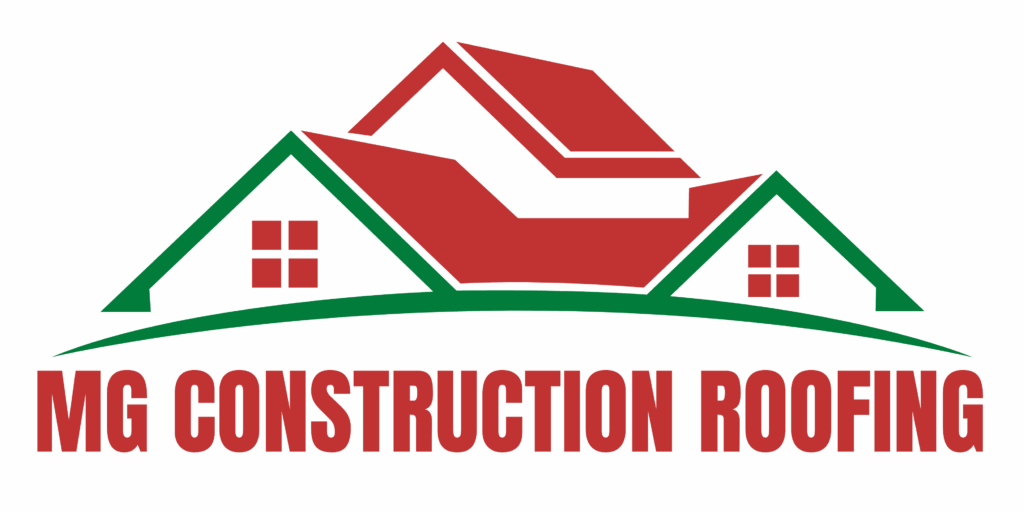When it comes to roofing, one size doesn’t fit all. The roofing material you choose must do more than just look good — it has to withstand the demands of your local climate. Whether you’re battling intense heat, high humidity, heavy snowfall, or frequent storms, selecting the right roofing material can significantly extend the lifespan of your roof and improve your home’s energy efficiency. In this blog, we’ll explore how different roofing materials perform in various climates and how to choose the one that best suits your region.
Understanding Your Climate
Before you dive into roofing material options, it’s essential to consider your environment. Here are the primary climate zones in the U.S.:
Hot and dry (e.g., Southwest) – High UV exposure, little rain, extreme heat.
Humid and rainy (e.g., Southeast, Pacific Northwest) – Frequent rainfall, high moisture levels, and potential for mold and algae.
Cold and snowy (e.g., Northeast, Midwest, Rockies) – Heavy snow loads, ice dams, freeze-thaw cycles.
Storm-prone and windy (e.g., Gulf Coast, Tornado Alley) – Hurricanes, high winds, hailstorms.
Each climate zone places different demands on roofing systems. Let’s explore which materials hold up best in each environment.
1. Hot and Dry Climates
In hot, sun-drenched areas, roofing materials must be able to reflect heat and UV rays to keep indoor temperatures lower and reduce strain on cooling systems.
Best Roofing Materials:
Clay or Terracotta Tiles: These are naturally heat-resistant and provide excellent airflow beneath the tile, helping to keep homes cooler. They’re also durable and fire-resistant.
Metal Roofing: Reflects solar radiation, lowering cooling costs. Coated metal roofing can reduce surface temperatures significantly.
Cool Roof Shingles: Engineered to reflect more sunlight and absorb less heat than standard shingles.
Materials to Avoid:
Traditional asphalt shingles often degrade faster under constant sun exposure, cracking or curling over time.
2. Humid and Rainy Climates
In regions with high rainfall or humidity, roofing materials must resist water infiltration, algae growth, and mold.
Best Roofing Materials:
Metal Roofing: Non-porous, mold-resistant, and sheds water efficiently. It also performs well against wind and rain.
Slate Tiles: Naturally waterproof and long-lasting with proper installation.
Asphalt Shingles with Algae-Resistant Coating: Many modern shingles come with anti-algae technology, which is perfect for wet climates.
Materials to Avoid:
Wood shakes or shingles, which can absorb moisture, leading to rot and mold without constant maintenance.
3. Cold and Snowy Climates
Heavy snowfall and freeze-thaw cycles demand roofing that can bear weight, prevent ice dams, and insulate effectively.
Best Roofing Materials:
Metal Roofing: Snow slides off easily, reducing the risk of ice dam formation. It’s also highly durable in extreme cold.
Composite or Architectural Shingles: These are more robust than traditional asphalt and better at resisting cracking in freezing temps.
Synthetic Slate: Offers the appearance of slate with improved flexibility and freeze resistance.
Materials to Avoid:
Flat roofing or poorly insulated systems can increase the risk of ice dams and leaks.
4. Storm-Prone and Windy Areas
Homes in hurricane or tornado zones need materials that can resist high winds, flying debris, and heavy rain.
Best Roofing Materials:
Impact-Resistant Asphalt Shingles: Specifically rated for hail and wind resistance (look for UL 2218 Class 4).
Metal Roofing with Interlocking Panels: Offers superior wind resistance, with some systems rated up to 140 mph.
Concrete Tiles: Heavier and more wind-resistant, but they require strong roof framing.
Materials to Avoid:
Lightweight shingles or improperly secured systems that can be blown off during strong storms.
Energy Efficiency & Roofing
In any climate, energy efficiency is a concern. Choosing a reflective or “cool” roofing option can cut energy use, especially in hot climates. Insulation and proper ventilation are equally important to prevent heat buildup in attics or moisture damage in humid zones.
Aesthetic Considerations
Don’t forget curb appeal. While performance is key, your roofing material should also match the architectural style of your home. For example:
Spanish-style homes pair beautifully with clay tiles.
Contemporary homes often favor sleek metal roofing.
Victorian or Colonial homes look great with slate or composite shingles.
Budget and Longevity
Some materials have a higher upfront cost but last decades longer. Here’s a general breakdown:
Asphalt shingles: 15–30 years, affordable.
Metal roofing: 40–70 years, moderate to high cost.
Clay/slate tiles: 50–100 years, high cost.
Composite roofing: 30–50 years, mid-range.
Always consider both the short-term budget and long-term ROI.
Final Thoughts
Choosing the right roofing material is a crucial decision that affects your home’s durability, safety, efficiency, and resale value. By factoring in your local climate, aesthetic preferences, and budget, you can make a smart investment that protects your home for decades.
MG Construction Roofing helps homeowners make informed decisions with expert guidance and climate-specific solutions. Schedule a consultation today, and let us help you choose the best roof for your region.

